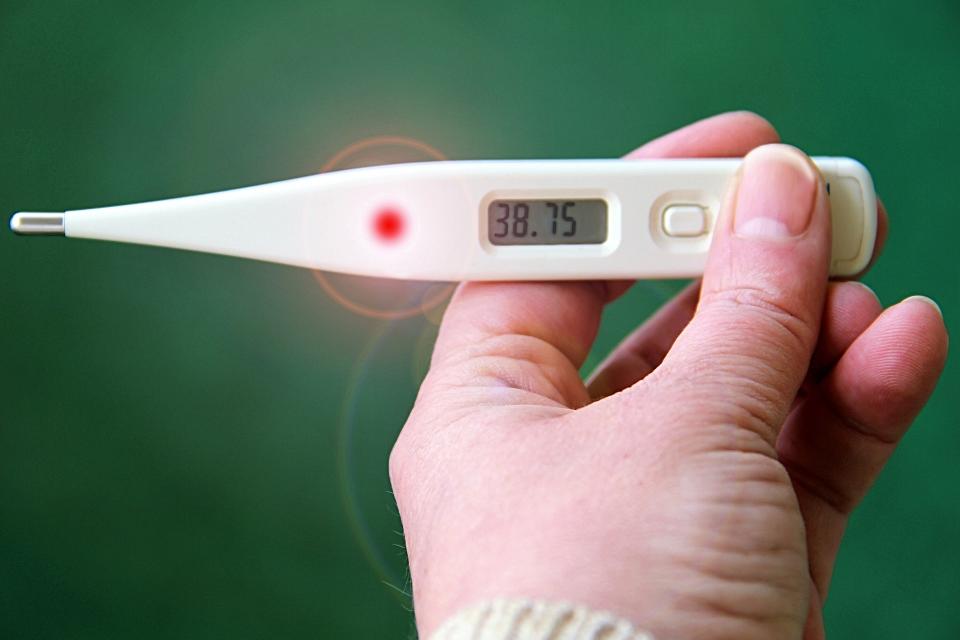Leukaemia: What you need to know

Leukaemia, cancer that affects the blood, is among the top 10 causes of cancer deaths in Singapore. It ranked 10 on the Singapore Cancer Registry’s list of 10 Most Frequent Cancer Deaths in males and females, during 2011-15, accounting for almost 700 deaths in this period.
Leukaemia starts in the spongey tissue inside bones known as the bone marrow, where blood cells are produced. A mutation causes an abnormality in white blood cells and these abnormal cells multiply rapidly affecting the production of other blood cells.
Your risk for leukaemia, which is likely to be caused by a combination of genetic and environmental factors, rises if:
you have undergone previous chemotherapy/radiotherapy for cancer treatment
you suffer from genetic disorders such as Down’s Syndrome
you have a family history of leukaemia
you smoke
you have been exposed to benzene and other such chemicals
There is no known way to prevent leukaemia but avoiding these risk factors can lower your risk of developing it.
Types of leukaemia and its symptoms
Leukaemia can occur in children as well as adults. There are four main types which are classified according to the speed with which the disease progresses (acute is rapidly progressing and chronic is slowly progressing) and the type of white blood cells involved:
Acute lymphocytic leukaemia (ALL)
Acute myelogenous leukaemia (AML)
Chronic lymphocytic leukaemia (CLL)
Chronic myelogenous leukaemia (CML)
AML features among the top ten most common cancers in males in Singapore, according to the Singapore Cancer Registry Annual Registry Report 2015, while among childhood cancers, KK Women’s and Children’s Hospital reports, ALL is the “most common malignancy in children and adolescents”.

Symptoms, which may appear only in later stages of the disease, include the following:
Anaemia
Fever
Severe fatigue, weakness
Frequent infections
Weight loss
Swollen lymph nodes
Easily bruised
Frequent nosebleeds
Excessive night sweating
Bone pain
How is leukaemia diagnosed and treated?
Leukaemia can be hard to detect because its symptoms are similar to those of common conditions such as the flu. Your doctor will give you a physical exam and carry out blood tests and a bone marrow test to diagnose leukaemia.
Treatment will depend on your age, overall health and the type of leukaemia you have, and is likely to be more aggressive for acute cases than chronic ones. Treatment procedures include chemotherapy, radiation, targeted therapy, biological therapy, and bone marrow/stem cell transplant.
Patients who receive timely and effective treatment can stay in remission for years and live normal lives.


